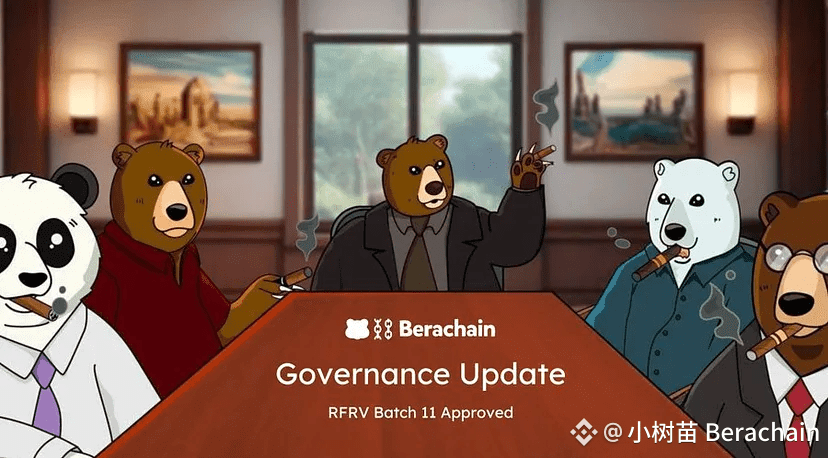当多数DeFi凭证还停留在“收益证明”的初级阶段,Mitosis的miAssets已完成从“资产映射”到“生态护照”的进化。用户存入USDC、weETH等资产生成的miAssets,不仅是跨链收益的分配凭证,更能解锁治理投票、策略参与、联盟权益等多重价值。这种“一证多能”的设计,彻底打破了传统LP代币的功能局限,将单一流动性仓位转化为撬动全生态价值的核心入口,重新定义了DeFi凭证的价值边界。
传统DeFi凭证的价值困局,在于“功能割裂与场景受限”。多数LP代币仅能证明用户的流动性贡献,功能局限于赎回本金与收益,跨链使用需经过多重转换,手续费与滑点成本吞噬大量收益;不同协议的凭证无法互通,持有Uniswap LP代币的用户若想参与Aave的借贷策略,需先赎回资产再重新操作,资金效率极低;更关键的是,凭证与生态的关联性薄弱,用户难以通过持有凭证获得额外权益,缺乏长期持有动力。某头部DEX的LP代币年化收益虽达15%,但因功能单一,用户平均持有周期不足1个月。
miAssets的核心突破,是将“单一收益凭证”升级为“全生态权益载体”。作为Mitosis可编程流动性体系的核心组件,miAssets的价值贯穿生态全链路:在资产流转层面,依托Hyperlane跨链技术,mi-USDC、mi-weETH等凭证可在以太坊、Arbitrum等十余条公链间无缝转移,手续费低至0.03美元;在收益层面,用户持有miAssets即可自动享受多链策略收益,无需手动切换链上场景;在权益层面,miAssets的持有量直接决定治理投票权重与新策略优先参与权,形成“持有即受益、参与即增值”的正向循环。
与Matrix框架的协同,让miAssets的策略价值实现指数级提升。用户可将miAssets进一步转化为maAssets,接入对冲、跨期套利等结构化策略,在保留基础收益的同时获取额外回报。例如持有mi-USDC的用户,通过Matrix将其拆分为“本金保障份额”与“收益权份额”,前者可质押获取稳定收益,后者可用于交易博取高回报,资金效率较单一凭证提升2-3倍。这种“基础凭证+策略凭证”的双层结构,满足了不同风险偏好用户的需求,使miAssets的适用场景覆盖从保守理财到激进交易的全光谱。
MLGA联盟的权益互通,为miAssets赋予“跨协议通行证”属性。联盟内的15家协议均已支持miAssets作为核心交互凭证:在借贷协议中,mi-weETH可直接作为质押物获取超额贷款额度;在DEX中,提供miAssets流动性可享受手续费折扣;在衍生品平台,miAssets可作为保证金参与跨链合约交易。这种“一证通全联盟”的模式,让用户无需重复质押资产即可参与多场景交互,单资产的价值利用率提升4倍以上。某用户通过mi-USDC在联盟内完成借贷、套利、流动性提供等操作,综合收益较使用单一协议提升50%。
生态数据印证了miAssets的价值吸引力。截至目前,Mitosis生态已发行12种miAssets,总锁仓价值突破3.2亿美元,占生态TVL的73%;用户平均持有miAssets的周期达4.5个月,远超行业1个月的平均水平;MLGA联盟内的协议数据显示,支持miAssets后,用户活跃度与交易频次均提升30%以上。这些数据充分证明,功能多元化的凭证设计已成为吸引用户的核心抓手。
Mitosis以miAssets打破凭证功能局限,用生态协同放大资产价值,靠策略创新满足多元需求,成功将流动性仓位转化为全场景权益载体。它不仅解决了传统DeFi凭证“功能单一、价值割裂”的痛点,更构建了“凭证即生态入口”的全新范式。当miAssets成为多链DeFi的通用通行证,可编程流动性的生态价值将全面释放。 #Mitosis $MITO @MitosisOrg
Price Converter
- Crypto
- Fiat
USD美元
CNY人民币
JPY日元
HKD港币
THB泰铢
GBP英镑
EUR欧元
AUD澳元
TWD新台币
KRW韩元
PHP菲律宾比索
AED阿联酋迪拉姆
CAD加拿大元
MYR马来西亚林吉特
MOP澳门币
NZD新西兰元
CHF瑞士法郎
CZK捷克克朗
DKK丹麦克朗
IDR印尼卢比
LKR斯里兰卡卢比
NOK挪威克朗
QAR卡塔尔里亚尔
RUB俄罗斯卢布
SGD新加坡元
SEK瑞典克朗
VND越南盾
ZAR南非兰特
No more data


